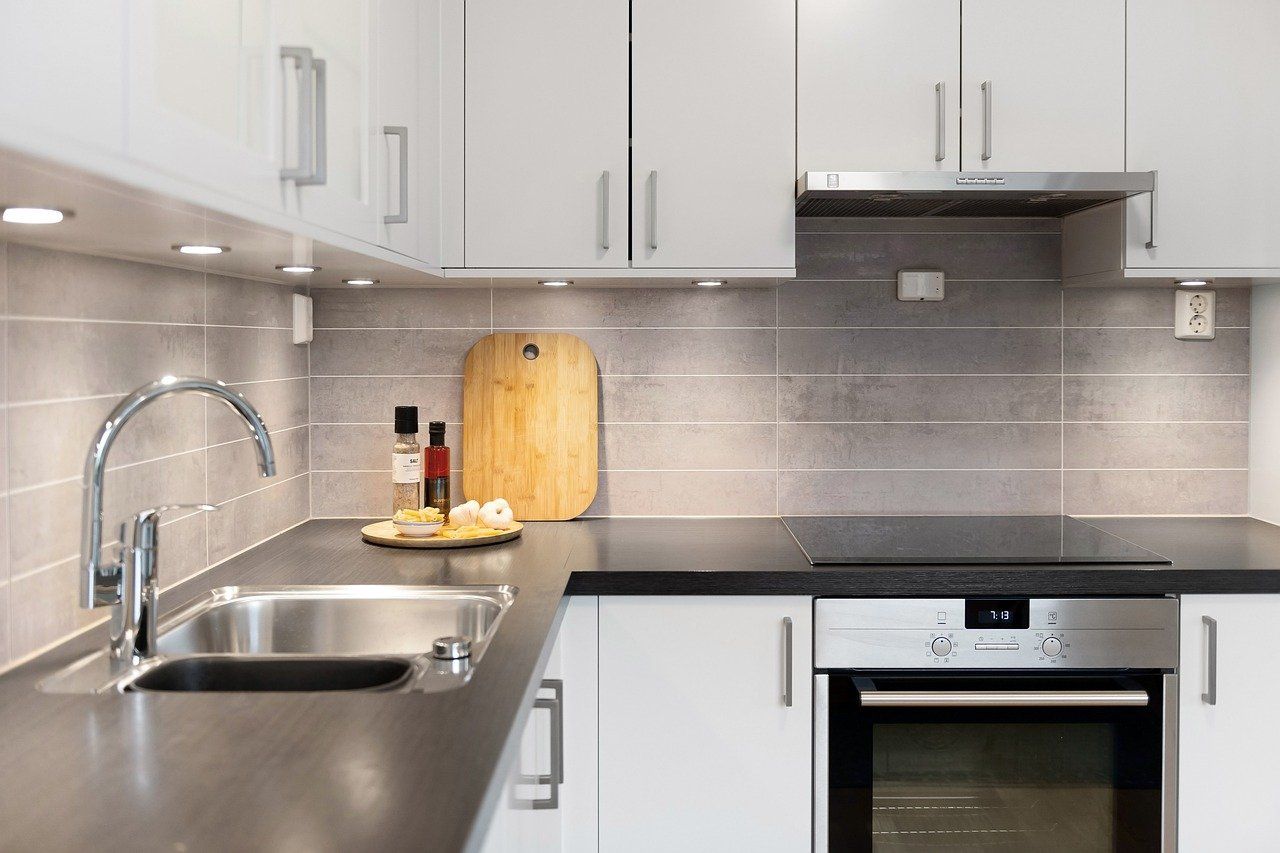Key Takeaways
- Modern cabinet designs like two-tone, open shelving, and glass-front options can transform your kitchen's appearance while boosting functionality.
- Multiple financing solutions are available - from home equity loans to personal loans - with rates starting at 5.99% APR through SimpleDirect.
- Smart budgeting strategies can reduce costs significantly. Ready-to-assemble cabinets save 30-40% compared to custom options, while refacing existing cabinets costs 40-60% less than full replacement.
- The average ROI for kitchen cabinet upgrades is 65-80% in 2025, making it a valuable home improvement investment.
- Schedule your renovation during off-peak seasons (January-March) to save 10-15% on materials and labor.
- Professional installation ensures quality results and typically represents 15-20% of your total project cost.
Introduction
Dreaming of a kitchen makeover in 2025 but worried about the costs? You're about to discover how to transform your kitchen with trendy cabinets without draining your savings.
With the average American kitchen remodel costing $15,000 to $50,000 (and cabinets eating up nearly one-third of that budget), smart planning is crucial.
Did you know that Sarah, a homeowner in San Diego, recently saved $7,500 on her dream kitchen cabinets? She used a combination of strategic timing and smart financing options we'll share in this guide.
Whether you're looking to boost your home's value (kitchen remodels typically return 70-80% on investment) or create a more functional cooking space, we've got you covered.
In this comprehensive guide, you'll learn:
- The hottest cabinet trends for 2025
- Real costs and hidden expenses to watch for
- Proven financing strategies that won't break your budget
- Money-saving tips from successful renovations
Let's transform your kitchen into a space you'll love while keeping your finances in check.
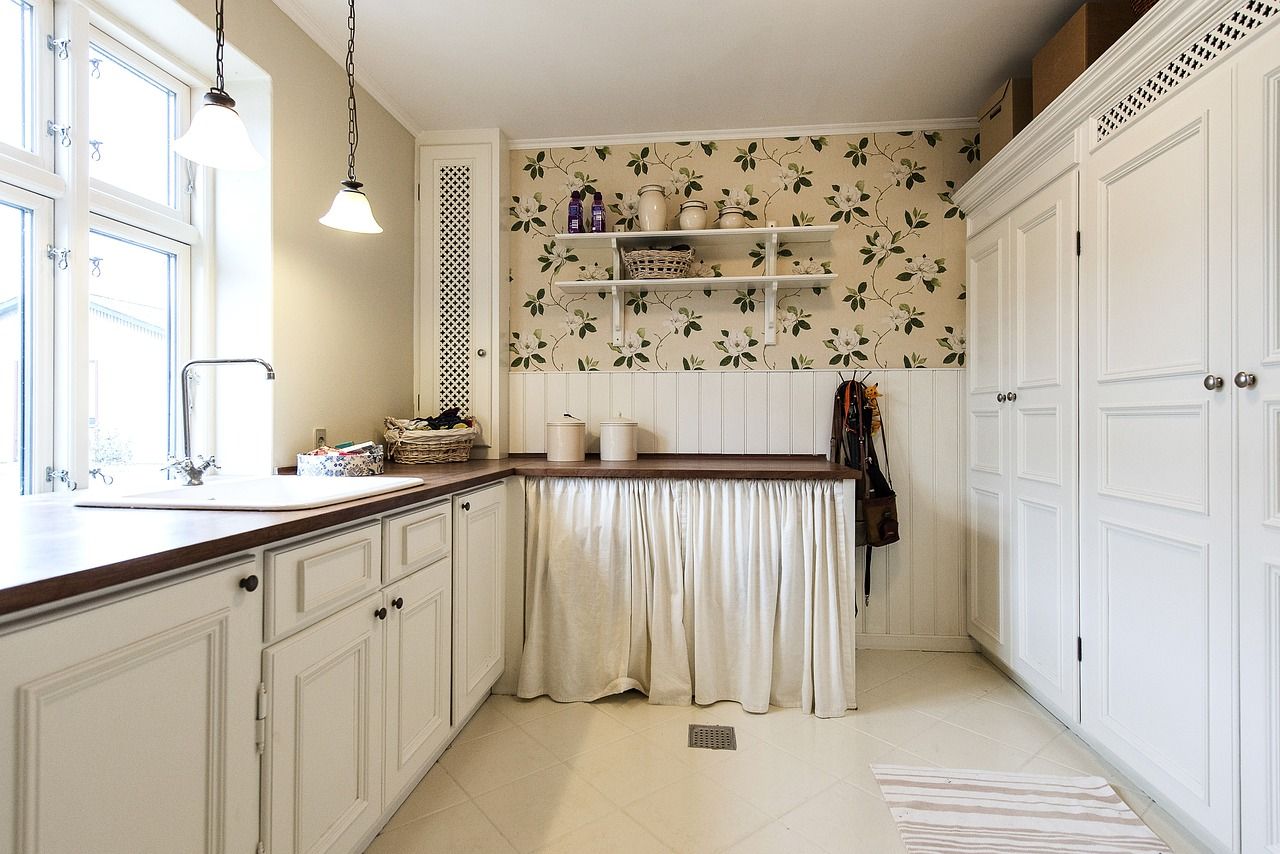
7 Steps to Plan Your Perfect Remodel
Is your kitchen ready for an upgrade? This comprehensive guide will help you assess your kitchen's needs and plan a successful renovation that adds both value and functionality to your home.
Step 1: Layout Assessment
- The Work Triangle Test
✅Measure distances between:
- Sink to stove (ideal: 4-9 feet)
- Stove to refrigerator (ideal: 4-9 feet)
- Refrigerator to sink (ideal: 4-9 feet)
Real Example: The Johnson family in Portland increased their kitchen efficiency by 40% by reducing their work triangle from 28 to 19 feet during their 2024 remodel.
- Traffic Flow Analysis
Minimum clearances needed:
• Work aisles: 42 inches
• Pass-through spaces: 36 inches
• Island clearance: 40 inches
Step 2: Storage Evaluation
- Cabinet Space Calculator
Current vs. Recommended Storage:
• Upper cabinets: 30-36 inches height
• Base cabinets: 24 inches depth
• Pantry: 20-24 inches depth - Storage Efficiency Quiz:
✅Can you reach everything easily?
✅Is vertical space maximized?
✅Do you have dead corner spaces?
Pro Tip: Modern corner solutions can increase storage capacity by 30% compared to traditional lazy Susans.
Step 3: Style & Function Assessment
- 2025 Trending Styles:
• Modern Farmhouse: $15,000-25,000
• Contemporary: $20,000-30,000
• Traditional: $18,000-28,000 - Functionality Checklist:
✅Prep space (minimum 36 inches)
✅Landing areas near appliances
✅Task lighting placement
Step 4: Lifestyle Analysis
- Daily Use Patterns:
• Light use: 1-2 meals/day
• Medium use: 2-3 meals/day
• Heavy use: 3+ meals/day - Space Requirements:
• Single cook: 120 sq ft
• Multiple cooks: 160+ sq ft
• Entertainment: 200+ sq ft
Step 5: Technology Integration
- Smart Kitchen Features:
• Smart appliances: $2,000-5,000
• LED lighting: $500-1,500
• Voice controls: $200-800 - ROI Analysis:
• Energy savings: 15-30%
• Resale value increase: 5-10%
Step 6: Budget Framework
- 2025 Average Costs:
• Basic remodel: $25,000
• Mid-range: $45,000
• High-end: $75,000+ - Financing Options:
• Home equity: 4-8% APR
• Personal loans: 6-36% APR
• SimpleDirect special: 5.99% APR
Step 7: Timeline Planning
- Project Duration Estimates:
• Planning: 2-4 weeks
• Design: 2-3 weeks
• Permits: 2-4 weeks
• Construction: 6-12 weeks - Season Impact:
• Winter (Jan-Mar): 10-15% savings
• Summer (Jul-Aug): 5-10% savings
• Fall (Sep-Nov): Standard rates
Pro Tip: Book contractors 3-4 months in advance for best rates and availability. Many offer early booking discounts of 5-10%.
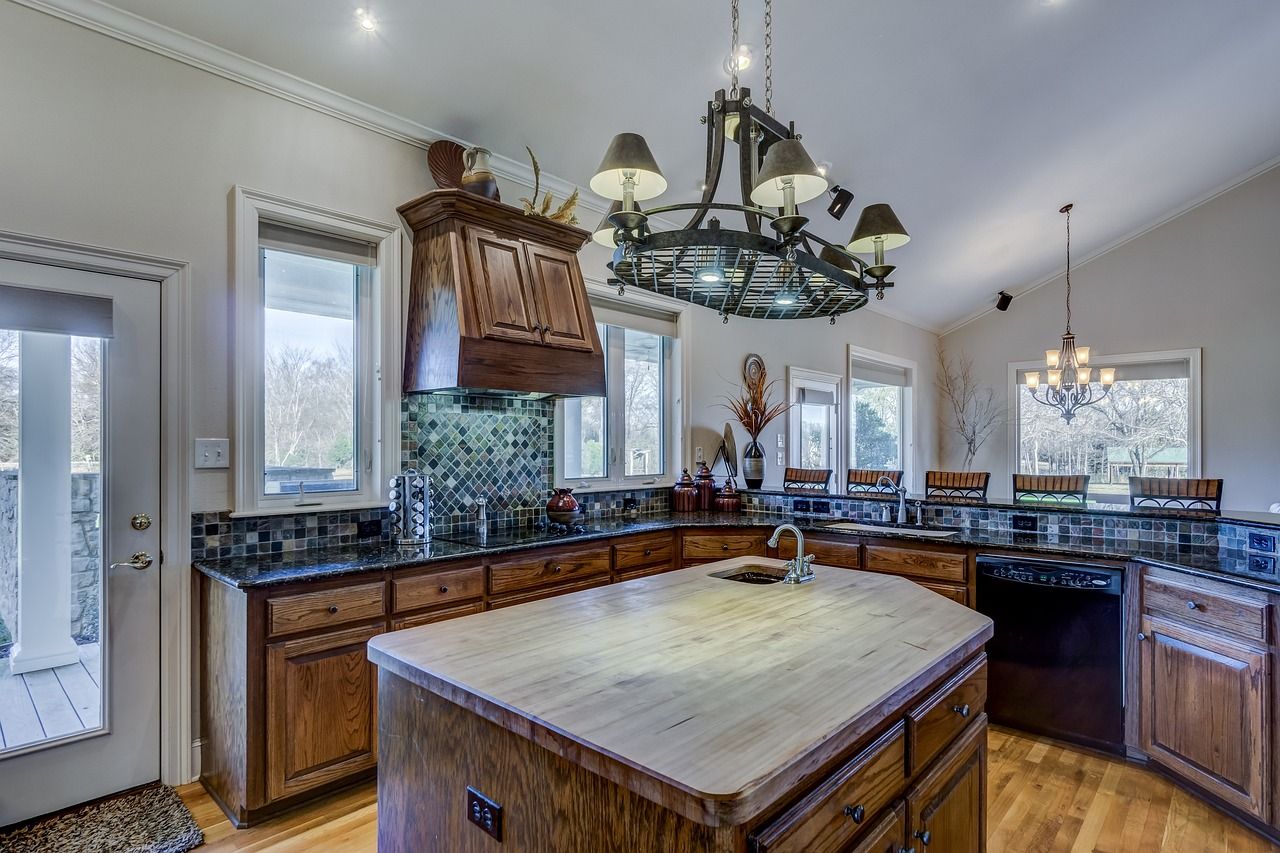
2025 Cabinet Design Trends & Costs
The kitchen cabinet industry is experiencing a dramatic shift in 2025, with homeowners increasingly favoring designs that blend functionality with style.
Let's break down the most popular trends and their associated costs:
| Cabinet Style | Materials Cost | Labor Cost | Total Cost* |
|---|---|---|---|
| Two-tone Cabinets | $7,500-15,000 | $5,000-10,000 | $12,500-25,000 |
| Glass-front Cabinets | $10,000-25,000 | $7,500-12,500 | $17,500-37,500 |
| Open Shelving | $3,000-7,500 | $3,750-6,250 | $6,750-13,750 |
| Modern Flat-panel | $5,000-15,000 | $5,000-10,000 | $10,000-25,000 |
Regional variations may apply: +15% for major cities, -10% for rural areas
Source: SimpleDirect Contractor Network 2025 Data
Trending Styles & Features:
- Two-tone Cabinets
• Most popular combination: Navy blue base cabinets with white upper cabinets
• 40% increase in demand since 2024
• Best for: Large kitchens with ample natural light
• ROI: Up to 85% at resale - Glass-front Cabinets
• Premium feature: LED interior lighting adds $200-400 per cabinet
• Growing trend: Textured or frosted glass options ($50-100 extra per door)
• Perfect for: Displaying decorative dishware
• Maintenance note: Requires regular cleaning (2-3 times weekly) - Open Shelving
• Budget-friendly option: 60% cheaper than traditional cabinets
• Popular materials: Reclaimed wood ($75-125/shelf) or metal ($100-200/shelf)
• Installation tip: Requires sturdy wall mounting ($75-125 per bracket set)
• Best for: Minimalist kitchens and frequently used items - Flat-panel Modern
• Most durable option: 15-20 year lifespan
• Smart features available: Push-to-open mechanisms ($50-75 per door)
• Color trend: Matte black and warm wood tones
• Installation savings: 20% less labor-intensive than traditional styles
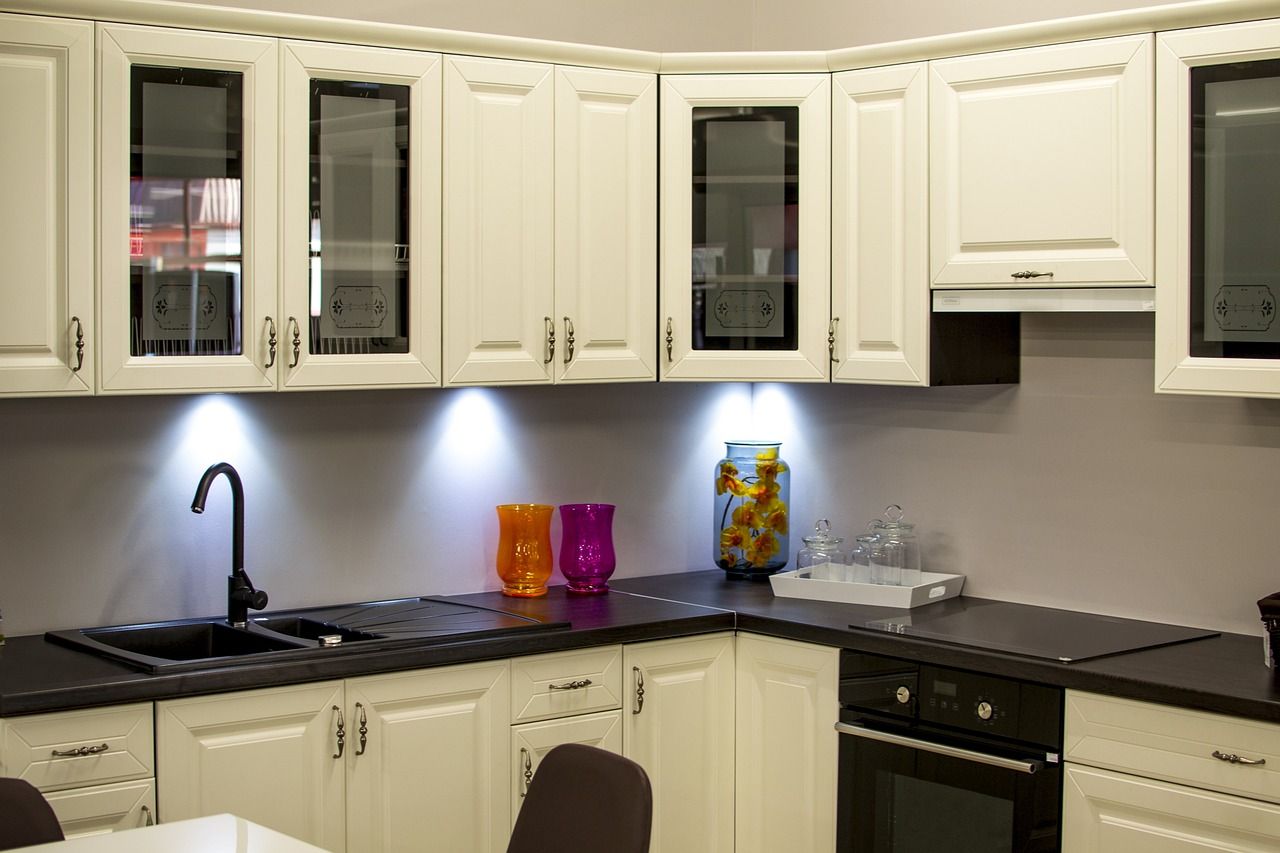
Comparative Analysis of Cabinet Materials
Choosing the right cabinet material significantly impacts both your kitchen's longevity and your wallet. Here's our detailed 2025 analysis of popular cabinet materials:
| Material | Cost/sq ft | Durability Rating | Maintenance Level | Lifespan | Moisture Resistance |
|---|---|---|---|---|---|
| Solid Wood | $200-350 | 9/10 | High | 20-30 years | Moderate |
| Plywood | $150-250 | 8/10 | Medium | 15-20 years | Good |
| MDF | $100-200 | 7/10 | Medium | 10-15 years | Poor |
| Metal | $250-400 | 9/10 | Low | 25+ years | Excellent |
Durability Rating: 1-10 scale (10 being most durable)
Maintenance Level: Low, Medium, High
Prices updated for 2025 market conditions
Source: SimpleDirect Contractor Network 2025 Data
Detailed Material Analysis:
- Solid Wood
• Popular options:
- Oak: $200-250/sq ft
- Maple: $250-300/sq ft
- Cherry: $300-350/sq ft
✅Pros: - Natural beauty
- Can be refinished multiple times
- Increases home value by 3-5%
❌Cons: - Requires sealing every 3-5 years
- Can warp in humid environments
- Annual maintenance cost: $100-200
- Plywood
• Grades available:
- Cabinet grade: $150-200/sq ft
- Marine grade: $200-250/sq ft
✅Pros: - More stable than solid wood
- Better moisture resistance
- 30% more affordable than solid wood
❌Cons: - Visible edge banding
- Limited refinishing options
- MDF (Medium-Density Fiberboard)
• Types:
- Standard MDF: $100-150/sq ft
- Moisture-resistant MDF: $150-200/sq ft
✅Pros: - Smooth surface for painting
- No grain pattern
- Most affordable option
❌Cons: - Cannot be repaired if damaged
- Shorter lifespan
- Poor water resistance
- Metal (Stainless Steel)
• Varieties:
- Brushed finish: $250-300/sq ft
- Polished finish: $300-400/sq ft
✅Pros: - Nearly indestructible
- Perfect for modern kitchens
- Lowest maintenance needs
❌Cons: - Shows fingerprints easily
- Can dent under impact
- Highest initial cost
Pro Tip: For the best value-to-durability ratio, consider combining materials. Many homeowners save 20-30% by using plywood for base cabinets and solid wood for visible upper cabinets.
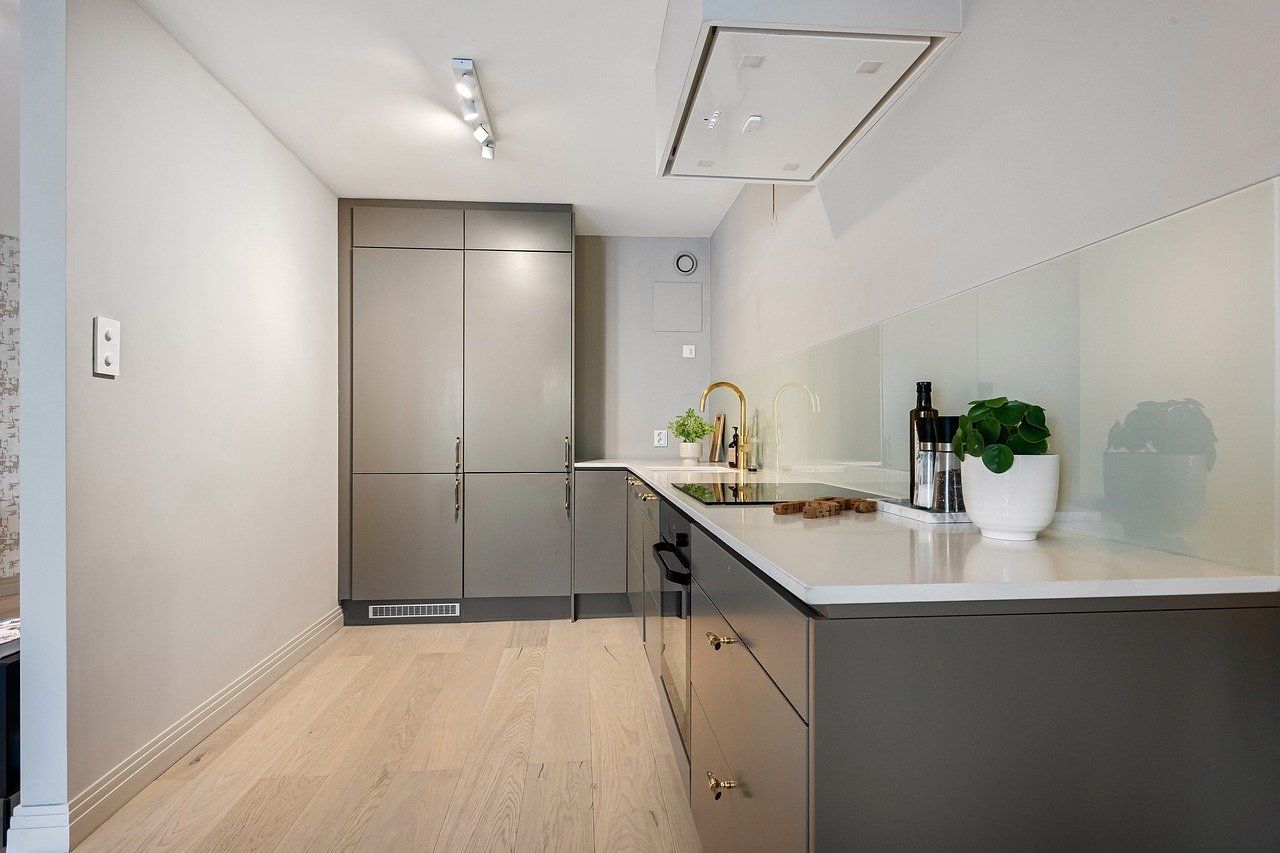
Smart Financing Options for Your Cabinet Project
Don't let budget constraints postpone your dream kitchen. Here's a comprehensive breakdown of 2025's best financing options, complete with real success stories:
| Option | Interest Rate | Term Length | Typical Amount | Min. Credit Score |
|---|---|---|---|---|
| Home Equity Loan | 4-8% | 5-15 years | $25,000-100,000 | 620+ |
| Personal Loan | 6-36% | 2-7 years | $5,000-50,000 | 640+ |
| Store Financing | 0-29.99%* | 6-60 months | $2,000-25,000 | 580+ |
| SimpleDirect Loan | 5.99-15.99% | 2-10 years | $10,000-75,000 | 600+ |
Rates and terms current as of June 2025. Subject to change based on market conditions and individual creditworthiness.
Compare the total cost of financing, not just monthly payments. A longer term might mean lower monthly payments but higher total interest paid over time.
Detailed Analysis with Real Examples:
- Home Equity Loans
Real Example: Mike from Boston
• Project Cost: $35,000
• Home Value: $450,000
• Equity Used: $35,000 (80% LTV)
• Interest Rate: 5.5%
• Monthly Payment: $380
• Tax Benefit: $1,200 annual deduction
Success Tip: Mike saved $7,000 in interest compared to a personal loan - Personal Loans
Real Example: Jennifer from Austin
• Project Cost: $22,000
• Credit Score: 720
• Interest Rate: 8.99%
• Term: 5 years
• Monthly Payment: $456
Success Tip: Jennifer shopped multiple lenders and saved 3% on interest - Store Financing
Real Example: David from Chicago
• Project Cost: $15,000
• Promotion: 0% for 18 months
• Monthly Payment: $833
Warning: Missed payment resulted in 24.99% back-interest
Success Tip: Set up auto-pay to avoid retroactive interest - SimpleDirect Special Program
Real Example: Lisa from Denver
• Project Cost: $28,000
• Credit Score: 680
• Interest Rate: 6.99%
• Term: 7 years
• Monthly Payment: $432
Success Story: Saved $4,500 through contractor discount program
Pro Tips for Financing Success:
- Get pre-qualified before shopping for cabinets
- Compare at least 3 financing options
- Calculate the total cost of ownership
- Watch for deferred interest traps
- Consider combining financing methods for better rates
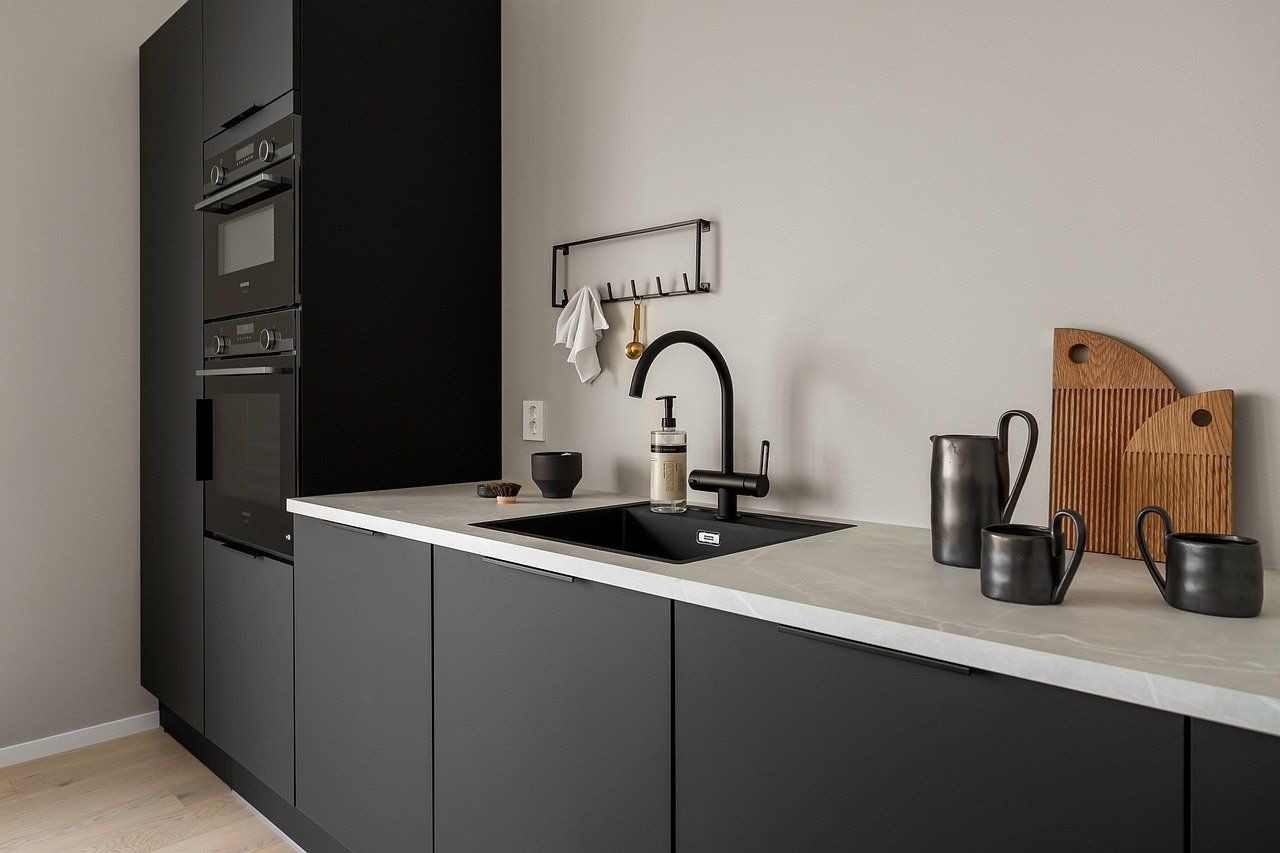
Smart Savings & Planning Strategies
Transform your cabinet project from dream to reality with these money-saving tactics and expert planning tips:
Money-Saving Strategies
✅ RTA (Ready-to-Assemble) Cabinet Savings:
• Average savings: 20-30% ($5,000-7,500 on $25,000 project)
• Example: Standard pre-assembled cabinet: $300/unit
• Equivalent RTA cabinet: $210/unit
• Real case: Sarah from Seattle saved $6,200 on her 15-cabinet kitchen
✅ Strategic DIY Approaches:
• Partial DIY savings: 40-50% on labor
• Professional installation: $100-200/cabinet
• DIY installation: $30-50/cabinet (materials only)
• Pro tip: Tackle simple installations, leave complex corners to pros
✅ Material Selection Tactics:
• Save 25% through smart substitutions
• Example: Maple veneer ($150/sq ft) vs solid maple ($300/sq ft)
• Mix materials: High-end for visible areas, budget for hidden spots
Smart Financing Strategies
Compare rates across multiple platforms:
- Traditional banks: Usually 6-8% APR
- Online lenders: Often 5-15% APR
- Store financing: 0% intro APR (watch for deferred interest)
• Required documentation checklist:
✅ Last 2 pay stubs
✅ Previous year's W-2
✅ Bank statements (2 months)
✅ Credit score report
Project Planning Timeline
Week 1-2: Research & Budgeting
• Gather 3-5 contractor quotes
• Average quote spread: $5,000-8,000
• Best months for discounts: January & July (save 10-15%)
Week 3-4: Financial Preparation
• Build 15-20% emergency buffer
• Example: $25,000 project = $3,750-5,000 buffer
• Apply for financing 30 days before project start
Pro Tip: Many contractors offer early-bird discounts of 5-10% for booking 2-3 months in advance. In 2024, homeowners who planned ahead saved an average of $2,800 on $30,000 projects.
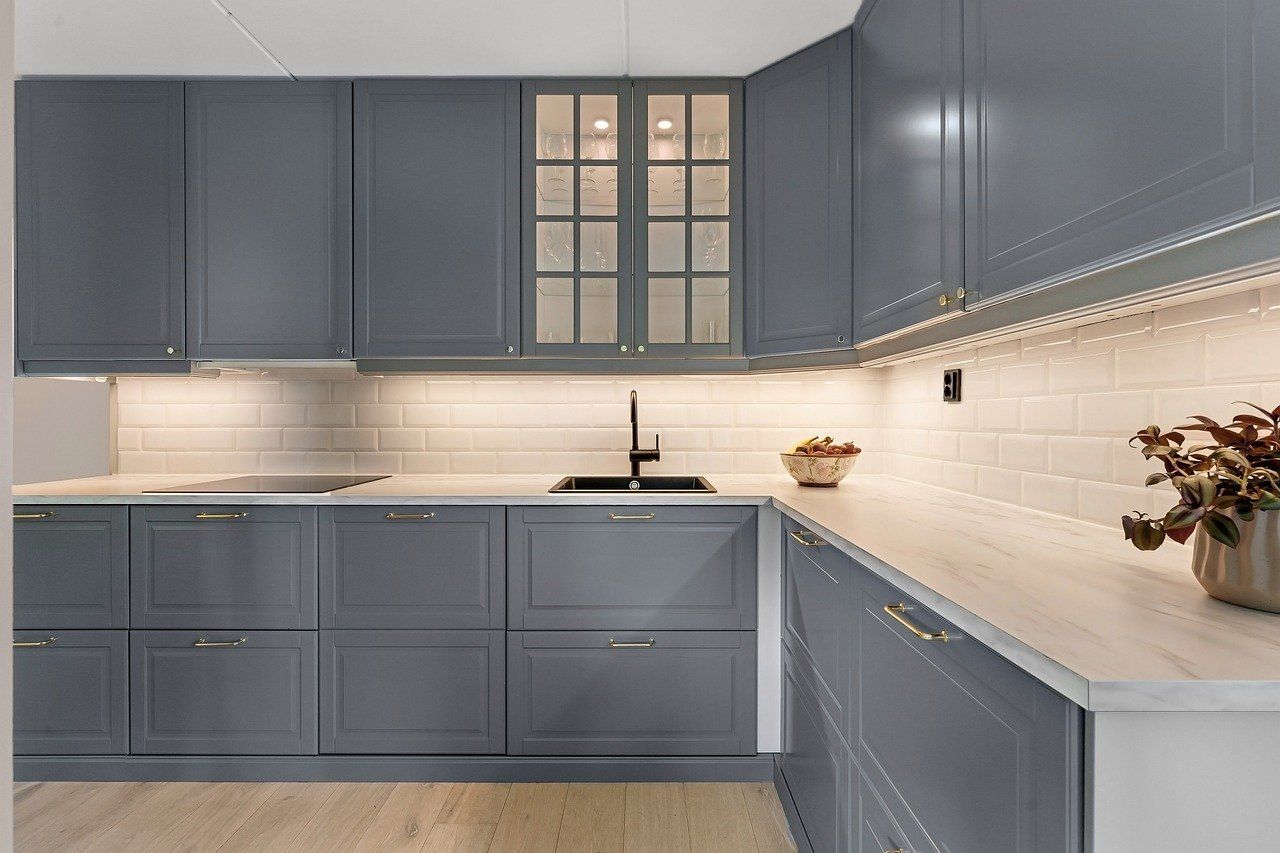
Conclusion
Your dream kitchen is more attainable than you think. In 2025, homeowners are saving an average of 15-25% on cabinet projects through smart planning and financing.
Whether you're considering premium solid wood cabinets ($450/linear ft installed) or budget-friendly alternatives ($175/linear ft installed), there's a solution that fits your financial goals.
Take Action Today:
- Get pre-qualified in 2 minutes with no impact on your credit score
- Access SimpleDirect's exclusive contractor network (save up to 20%)
- Lock in competitive rates starting at 5.99% APR (for qualified buyers)
- Flexible terms from 24-120 months
- Fund your project in as little as 48 hours
Ready to transform your kitchen? Visit SimpleDirect. Our team has helped over 50,000 homeowners turn their kitchen dreams into reality with payments that fit their budget.


